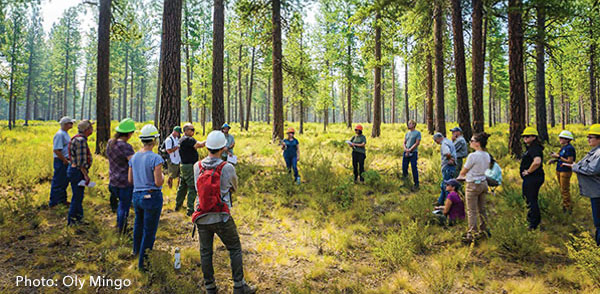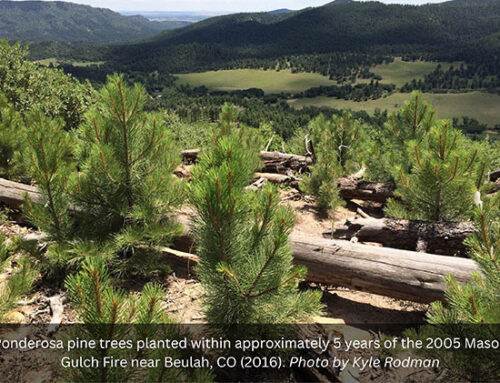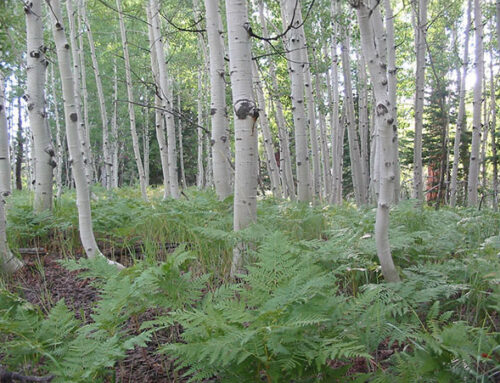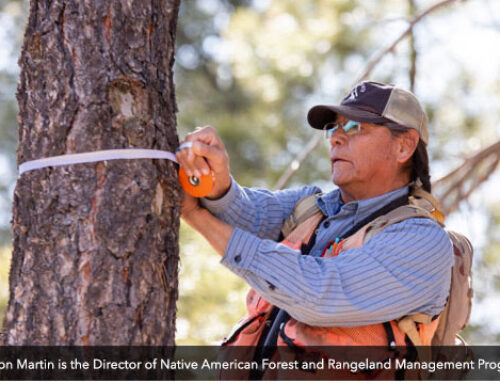Publication Corner: Assessing collaborative governance in the CFLRP
A new report on the US Department of Agriculture Forest Service’s Collaborative Forest Landscape Restoration Program (CFLRP) offers insights into improving multi-party collaborative forest and fire efforts. As part of the CFLRP Common Monitoring Strategy, the Southwest Ecological Restoration Institutes (SWERI) developed a program-wide, longitudinal assessment of collaborative governance. This assessment is designed to identify best practices for effective and inclusive collaboration while also establishing a monitoring indicator to evaluate both current and future collaborative efforts.
The CFLRP was authorized by Congress in 2009 to “encourage the collaborative, science-based ecosystem restoration of priority forest landscapes.” The CFLRP is administered by the Forest Service and brings together a variety of partners to collaborate on forest management.
What’s working well
Most participants felt their projects had a wide variety of partners, open communication, and overall alignment on the project’s goals and strategies. They also reported that the collaborative process built trust and strong relationships. Leaders were recognized as motivating and effective, and partners were committed to working together.
Areas for improvement
Some suggested collaborative engagement among partners and Forest Service staff during planning, implementation, and monitoring could be improved to better align expectations for engagement. Additionally, there were calls for more flexibility when conditions change and for increased transparency in decision-making.
Recommendations for improved collaboration
- Broad inclusion. Ensure all relevant groups, including Tribes and communities not currently participating, are involved.
- Early and frequent engagement. Start collaboration early and maintain it throughout the process to align goals and decision-making.
- Plan for change before it happens. Develop strategies to adapt to disruptions like personnel changes or wildfires.
- Build capacity. Invest in facilitators, technical experts, and leaders.
- Foster a culture of collaboration. Develop a culture of collaboration in the Forest Service where agency staff can commit to the process.
SWERI will continue to monitor these projects to support long-term success. Findings from this report are applicable outside of the CFLRP program and can be useful to any multi-party collaborative efforts in forests and fire contexts. Learn more about this work by visiting the SWERI CFLRP reports for each CFLRP project here.




